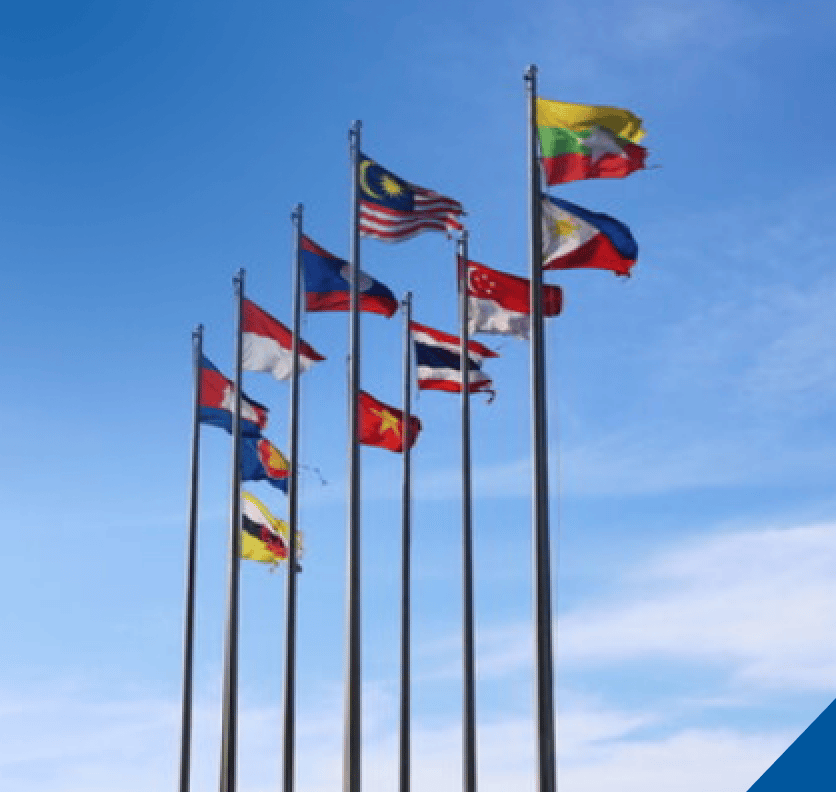[vc_row el_class=”detail-right-sing-pub”][vc_column width=”4/12″ el_class=”featured-image-wrap”][vc_single_image source=”featured_image” img_size=”full” el_class=”featured-image”][/vc_column][vc_column width=”8/12″][vc_row_inner][vc_column_inner el_class=”title-single-pub” css=”.vc_custom_1565448006423{margin-bottom: 0px !important;}”][vc_column_text css=”.vc_custom_1565448183865{margin-bottom: 15px !important;}”][post_title][/vc_column_text][/vc_column_inner][/vc_row_inner][vc_row_inner][vc_column_inner el_class=”date-single-pub”][vc_column_text css=”.vc_custom_1565448167869{margin-bottom: 15px !important;}”][post_date][/vc_column_text][/vc_column_inner][/vc_row_inner][vc_row_inner][vc_column_inner el_class=”type-single-pub” width=”2/6″][vc_column_text]Category[/vc_column_text][/vc_column_inner][vc_column_inner el_class=”type-single-pubb” width=”4/6″][vc_column_text][post_cat][/vc_column_text][/vc_column_inner][/vc_row_inner][vc_row_inner][vc_column_inner el_class=”type-single-pub” width=”2/6″][vc_column_text]Tag[/vc_column_text][/vc_column_inner][vc_column_inner el_class=”type-single-pubb” width=”4/6″][vc_column_text el_class=”tag-pub”]Alternative Energy[/vc_column_text][/vc_column_inner][/vc_row_inner][vc_row_inner][vc_column_inner el_class=”type-single-pub” width=”2/6″][vc_column_text]Author[/vc_column_text][/vc_column_inner][vc_column_inner el_class=”type-single-pubb” width=”4/6″][vc_column_text]Muhammad Rizki Kresnawan, Zulfikar Yurnaidi, Amira Bilqis, Tabita Natasha Wijaya, Beni Suryadi[/vc_column_text][/vc_column_inner][/vc_row_inner][vc_row_inner][vc_column_inner el_class=”type-single-pub” css=”.vc_custom_1565449718201{margin-top: 15px !important;}”][vc_column_text el_class=”download-pdf-sing-pub”]DOWNLOAD PDF[/vc_column_text][/vc_column_inner][/vc_row_inner][/vc_column][/vc_row][vc_row el_class=”row-key-point” css=”.vc_custom_1565449289802{margin-top: 40px !important;}”][vc_column el_class=”key-point”][vc_column_text el_class=”key-point-ul”]Abstract
Transportation sector in Southeast Asia is highly dependent on petroleum products, making it one of the most carbon-intensive energy sectors in the region. The 6th ASEAN Energy Outlook (AEO6) projected the sector’s oil consumption to rapidly grow to 330 million ton of oil equivalent (Mtoe) by 2040 or about 97% from total energy consumed in the sector. Mostly imported, the ever-increasing oil demand poses risk to economic and energy security. The growing concern of climate change also brings another issue to the sector. Cleaner mobility alternatives include electric vehicle. This study aims to assess the readiness of electric mobility roll-out in Southeast Asia, especially from supporting policy perspective. It critically reviews the related policies from each ASEAN member states. Further, the PEST (Political, Economic, Social, Technological) framework is utilised to assess the readiness of such policies. Based on such analysis and identification of critical factors of electric mobility implementation, the study proposes policy recommendations.
[/vc_column_text][/vc_column][/vc_row]











